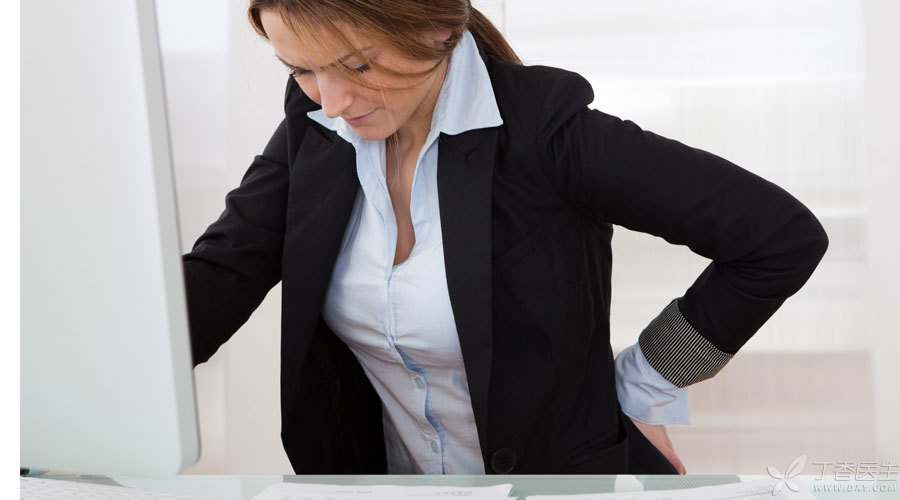
Manifestations of lumbar disc herniation
1. Lumbago, aggravated during activities, often relieved after bed rest.
2. Conductive pain generally occurs from the lower back to the rear of the buttocks and thighs. In sneezing and coughing, the pain will aggravate hyperalgesia in the early stage and insensitivity or numbness in severe cases.
3. Serious people will have large and urinary disorders.
4. Walking and limping: When walking, due to the congestion of the blocked vertebral venous plexus in the spinal canal, the congestion degree of the nerve root and the expansion of spinal cord blood vessels are aggravated, and at the same time, the pain caused by the compression of the nerve root is aggravated, resulting in intermittent claudication.
5. More than 90% of patients with disc herniation have functional scoliosis to varying degrees.
Treatment of lumbar disc herniation
On the whole, most patients with lumbar disc herniation still adopt conservative treatment methods. There are various conservative treatment methods, which are selected according to different conditions of patients:
1. First of all, bed rest is the most basic and also the most important basic treatment. After you stay in bed, the pressure on the intervertebral disc is light, and the swelling of nerves will slowly decrease. In fact, 80% of the therapeutic purpose has been achieved. If conservative treatment cannot solve the patient’s problems, it is necessary to seek some other methods to treat them.
2. Some drugs can also play a better role. These drugs are mainly aimed at inflammatory reactions, reducing local inflammatory reactions, and relieving pain through these measures.
3. There is also surgical treatment. According to different conditions, different surgical methods can be selected.
Prevention of Lumbar Intervertebral Disc Herniation
1. Be careful in mopping the floor, sweeping the floor or sucking the floor with a vacuum cleaner in daily life. Try to keep your body upright when picking up things from the ground, it is best to keep your body upright above your waist and squat down first, instead of bending down directly to pick them up. When taking things from a height, it is strictly prohibited to lean back and keep upright. It is better to be close to your body when holding a child. Being too far away will increase the burden on your waist.
2. Don’t keep a posture for a long time to avoid overwork. After working for a period of time, do some exercise, massage the waist and legs, or do gymnastics for a while, and keep the correct posture to relieve the tension of waist muscles.
3. Use more abdominal muscles when walking, and do not stand with both legs at the same time and for a long time when standing.
4. Sleep on a hard board bed with moderate hardness and do not watch TV for a long time after meals.
5. Avoid cold and humid living and working environment, and pay attention to avoid recurrence of lumbar diseases during the cold-heat transition season;
6. A simple way to exercise lumbar spine: Sit in a chair, hold your neck with your hands crossed, lift your abdomen forward, lift your head backward, stick to it for 2-3 minutes and then relax. Repeat the above actions for 3 to 5 times during the working interval, which has a good stretching effect on cervical spine and lumbar spine.
